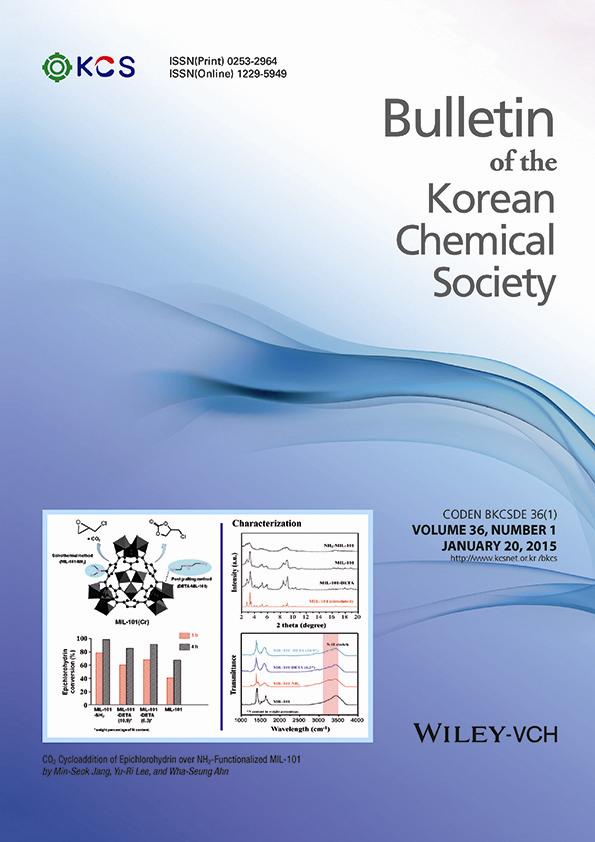Enhanced Stability of Hydroxyapatite-coated Liposomes for Ultrasound-triggered Drug Release
Abstract
Thermosensitive liposomes (TSLs) have been developed for enhancing drug release in the tumor microenvironment by external stimulations, such as hyperthermia, for cancer chemotherapy. However, the TSL-induced side effect of the drug on normal cells after intravenous (i.v.) injection is usually found in circulation. Therefore, we developed sterically stabilized TSLs by coating hydroxyapatite (HA) onto the liposomal surface to increase its stability in serum. HA coating on the liposomal surface was achieved via the ionic interaction of calcium acetate with phosphoric acid. The amount of HA coated on the liposomal surface was measured by inductively coupled plasma (ICP) spectroscopy. In addition, temperature-sensitive drug release was measured by fluorescence spectrophotometry. The HA-coated TSL (HA-TSL) showed lower drug release at body temperature due to the HA coating on the liposomal surface compared to TSL. Moreover, compared with TSL, HA-TSL showed increased stability in serum, thereby indicating a long circulation time in the body without protein adsorption. Taken together, we demonstrated the use of HA coating on the surface of TSL for enhancing the stability of TSL, and the results indicated the applicability of the method for prolonging the circulation of drugs with carriers within the human body. As a novel and highly effective delivery platform with long circulation in blood streams, HA-TSL shows great potential for use in a broad range of applications for the treatment of various human diseases.




